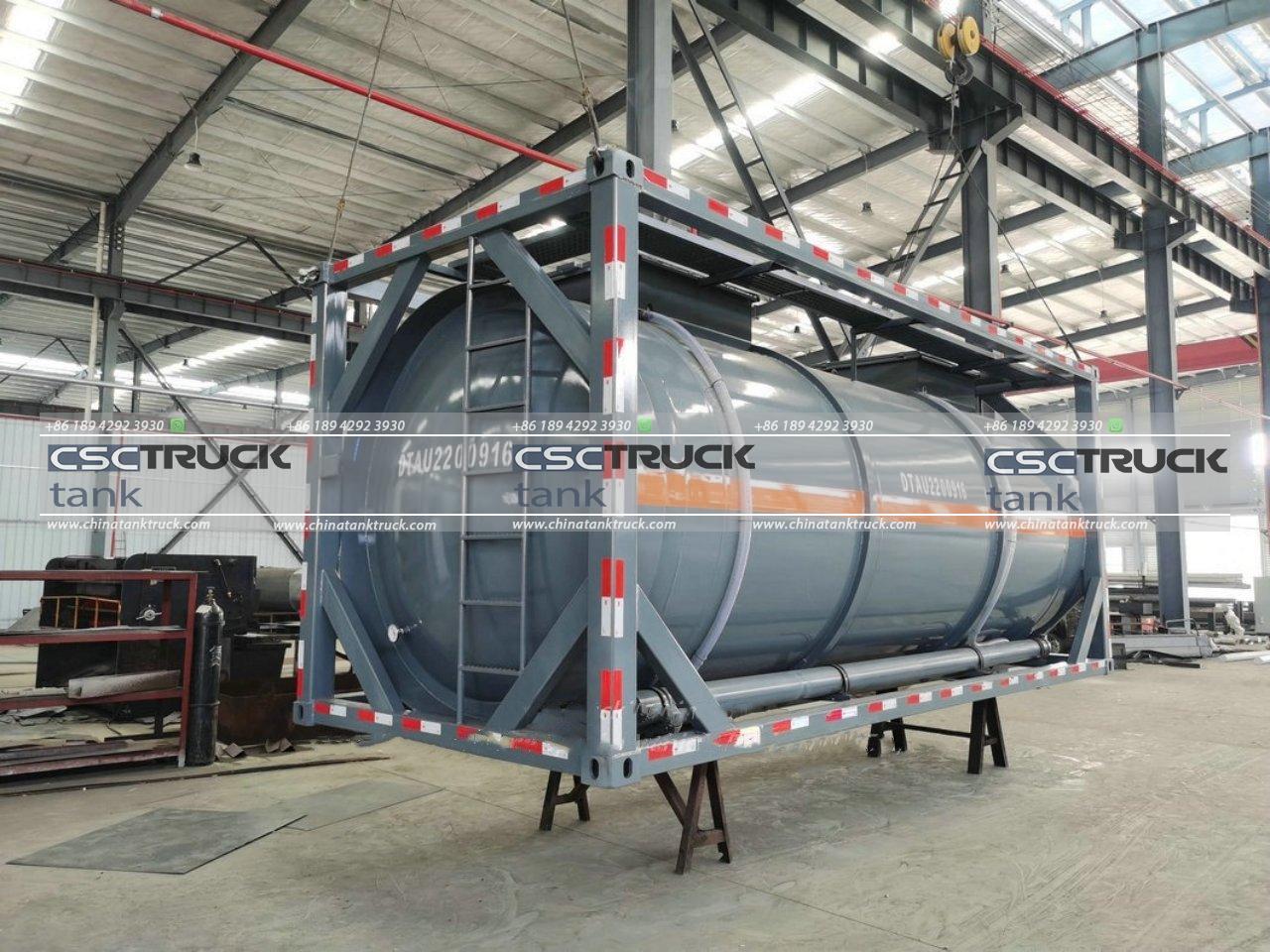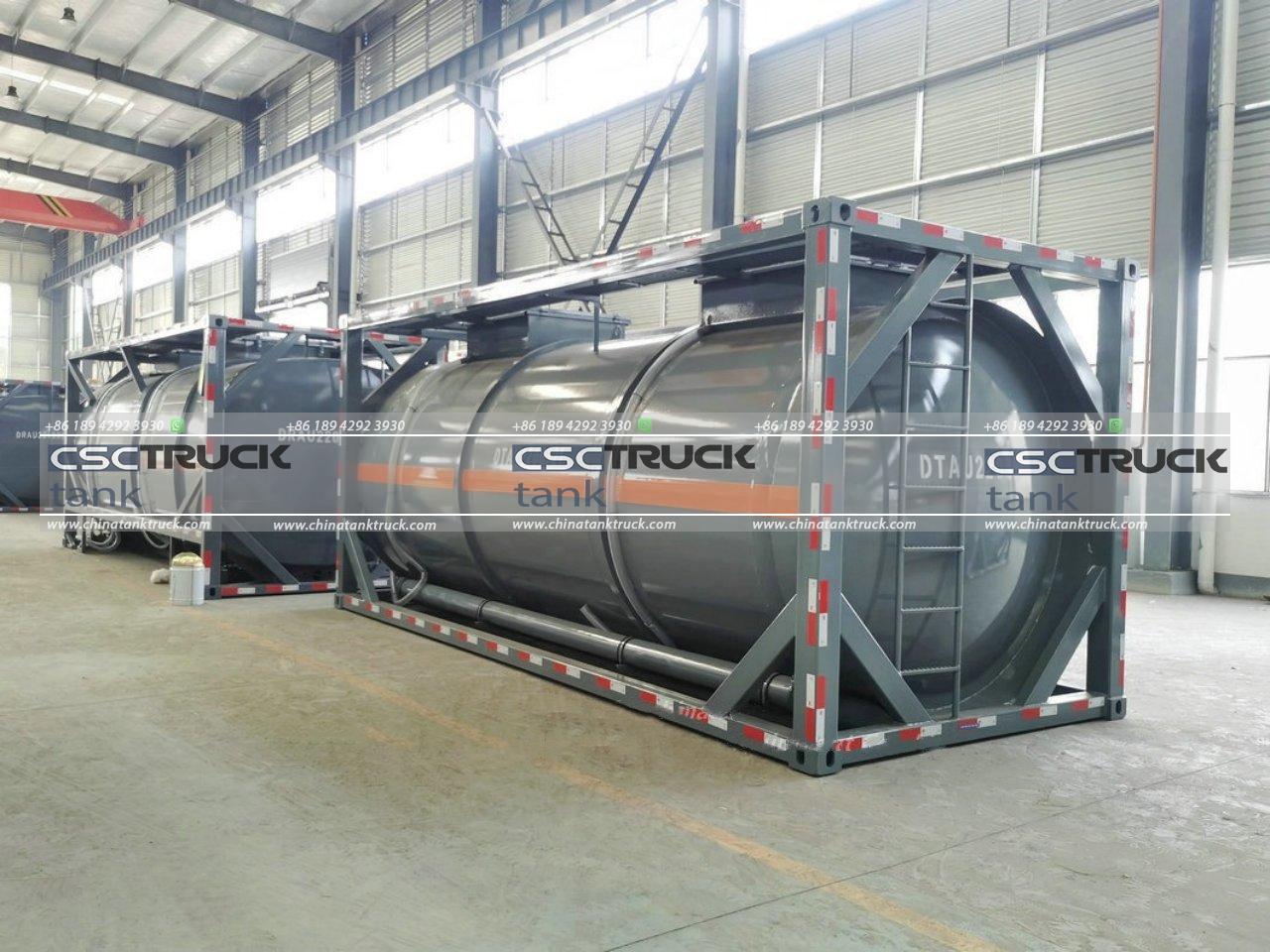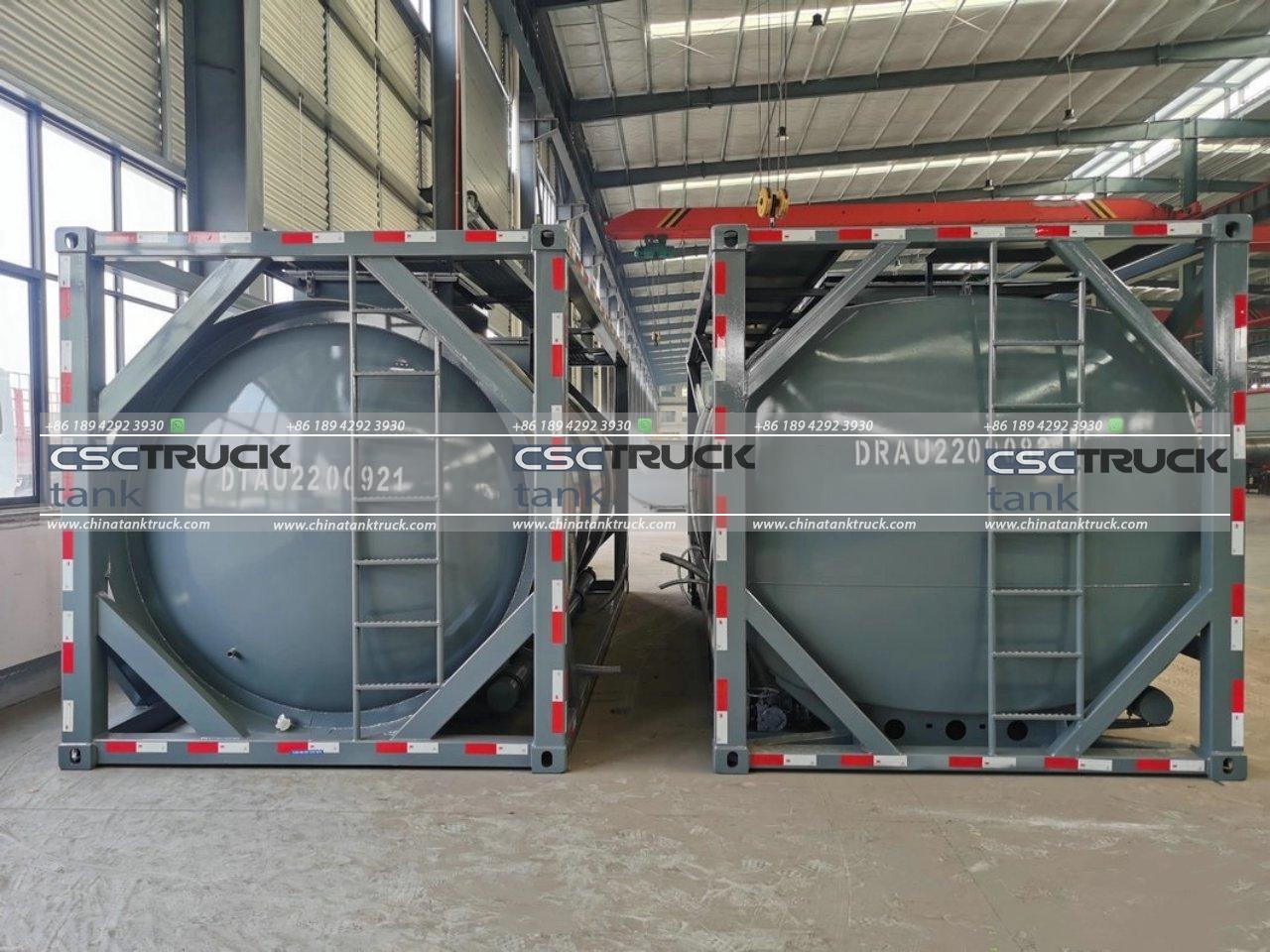How Often Should ISO Containers Be Inspected?
ISO containers, also known as shipping containers, are fundamental to global trade and logistics. They transport goods across vast distances by sea, rail, and road, facilitating the movement of products worldwide. Given their critical role, ensuring that these containers remain in top condition is crucial for safety, efficiency, and regulatory compliance. But how often should ISO containers be inspected? This article delves into the best practices for inspecting ISO containers, highlighting the factors that influence inspection frequency and the benefits of regular checks.
Understanding ISO Containers
ISO containers are standardized to ensure interoperability between different transport modes. These containers come in various sizes, with the 20-foot and 40-foot versions being the most common. They are designed to withstand harsh environmental conditions, heavy loads, and the rigors of transportation. However, their durability does not make them impervious to damage.

The Importance of Regular Inspections
Regular inspections of ISO containers are essential for several reasons:
1. Safety: Damaged containers can pose significant safety risks. Structural weaknesses, compromised seals, or failing locks can lead to cargo loss or even accidents during transit.
2. Compliance: International regulations, such as those from the International Maritime Organization (IMO) and the International Organization for Standardization (ISO), mandate that containers meet specific safety and quality standards. Regular inspections ensure compliance with these regulations.
3. Operational Efficiency: A well-maintained container ensures that goods are transported safely and efficiently. Poorly maintained containers can lead to delays, increased costs, and damage to the cargo.
4. Longevity: Regular inspections help identify and address issues before they become serious problems, extending the lifespan of the container.
Inspection Frequency
The frequency of ISO container inspections depends on several factors, including the container’s age, usage, and the specific requirements of the shipping and transport industry. Here’s a closer look at the different inspection intervals:
1. Initial Inspection: When a new container is first put into service, it should undergo a thorough inspection to ensure it meets all the necessary standards. This initial check is crucial for identifying any manufacturing defects or issues that need addressing before the container is used for transporting goods.
2. Routine Inspections: ISO containers should be inspected at regular intervals throughout their service life. The general recommendation is to conduct a detailed inspection every 12 months. This routine inspection typically includes checking the container’s structure, doors, seals, and flooring to ensure that all components are in good condition.
3. Pre-Trip Inspections: Before each journey, especially for containers involved in long-haul or international shipments, a pre-trip inspection is advisable. This ensures that the container is in suitable condition for travel and helps prevent issues that could arise during transit.
4. Post-Trip Inspections: After a container completes a journey, especially one involving harsh conditions or heavy usage, a post-trip inspection is essential. This inspection assesses any potential damage that may have occurred during the trip and ensures that the container is ready for its next use.
5. Major Overhaul: For containers that have been in service for several years or have undergone extensive use, a more comprehensive overhaul might be necessary. This could involve more detailed inspections and repairs and is typically done every 5 to 7 years, depending on usage and the container’s condition.

Factors Influencing Inspection Frequency
Several factors can influence how often an ISO container should be inspected:
1. Container Age: Older containers are more likely to experience wear and tear. As a container age, more frequent inspections may be required to monitor its condition and address any emerging issues.
2. Usage Patterns: Containers used frequently or for heavy loads may require more regular inspections. Containers that undergo harsh conditions, such as extreme temperatures or corrosive environments, should also be inspected more often.
3. Regulatory Requirements: Different countries and regions may have specific regulations regarding container inspections. Compliance with these regulations is crucial, and businesses should be aware of and adhere to local requirements.
4. Cargo Type: The nature of the cargo being transported can also affect inspection frequency. For instance, containers carrying hazardous materials may need more stringent and frequent checks to ensure they remain secure and intact.
Types of Inspections
ISO container inspections can be categorized into several types:
1. Visual Inspection: This involves a straightforward visual check for obvious signs of damage or wear. Inspectors look for issues such as rust, dents, and damaged seals. This type of inspection is often part of routine and pre-trip checks.
2. Structural Inspection: A more detailed inspection focusing on the container’s structural integrity. Inspectors examine the frame, doors, and other structural components for signs of weakness or damage. This type of inspection is crucial for ensuring the container’s safety and functionality.
3. Functional Inspection: This checks that all operational elements of the container, such as locking mechanisms and door seals, are functioning correctly. This type of inspection is important for ensuring that the container remains secure and that the cargo remains protected during transit.
4. Comprehensive Inspection: A thorough inspection that includes checking all aspects of the container’s condition. This is typically done as part of major overhauls or when a container is due for a significant maintenance check.

Conclusion
ISO containers are vital to global logistics, and their proper maintenance through regular inspections is essential for safety, efficiency, and compliance. While the general recommendation is to inspect containers every 12 months, various factors such as age, usage, and regulatory requirements can influence the exact frequency of inspections. By adhering to best practices for container inspections, businesses can ensure that their containers remain in optimal condition, thus safeguarding their cargo and maintaining the efficiency of their operations.

